The Trans-Siberian Railway, stretching across the vast expanse of Russia, is not just a feat of engineering but a living testament to the country’s history, culture, and sheer geographical magnitude. Often romanticized in literature and film, this legendary railway connects Moscow to Vladivostok, covering over 9,000 kilometers and crossing eight time zones. For many travelers, it represents the ultimate rail journey—a slow, immersive passage through landscapes that shift from dense forests to sprawling steppes, from bustling cities to remote villages frozen in time.
The Birth of a Colossal Project
Conceived in the late 19th century under Tsar Alexander III, the Trans-Siberian Railway was a bold response to Russia’s need for better infrastructure to bind its sprawling territories. Construction began in 1891 and was fraught with challenges—permafrost, treacherous rivers, and the sheer scale of the endeavor. Thousands of workers, including convicts and soldiers, labored under harsh conditions to lay tracks across some of the most unforgiving terrain on Earth. By 1916, the railway was complete, though it would undergo numerous upgrades and expansions in the decades to follow.
The railway was more than just a transportation artery; it was a tool of empire. It facilitated the movement of troops, accelerated colonization of Siberia, and opened up remote regions to trade and migration. For the first time, goods and people could traverse the country with relative ease, knitting together distant provinces and fueling economic growth. Yet, the human cost was immense, and the railway’s construction remains a controversial chapter in Russian history.
A Journey Through Time and Space
Today, the Trans-Siberian Railway is as much a cultural icon as a practical mode of transport. The classic route from Moscow to Vladivostok takes roughly seven days, offering passengers a front-row seat to Russia’s staggering diversity. The train itself becomes a microcosm of society, where travelers from all walks of life share compartments, swap stories, and form fleeting friendships over shared meals of instant noodles and vodka.
The scenery outside the window is a constant spectacle. In the west, the urban sprawl of Moscow gives way to the rolling hills of the Ural Mountains, often considered the boundary between Europe and Asia. Beyond lies Siberia—a land of birch forests, sprawling lakes, and occasional industrial towns. In winter, the landscape is a monochrome expanse of snow; in summer, it bursts into life with wildflowers and the occasional glimpse of wildlife.
One of the most captivating stretches is the ride along Lake Baikal, the world’s deepest freshwater lake. Here, the tracks cling to the shoreline, offering panoramic views of crystal-clear waters and rugged cliffs. Many travelers break their journey in Irkutsk, a charming city with wooden architecture and a rich history as a hub for exiled intellectuals and revolutionaries.
The Railway’s Enduring Allure
Despite the rise of air travel, the Trans-Siberian Railway retains its mystique. For some, it’s a nostalgic throwback to a slower, more deliberate way of traveling. For others, it’s a challenge—a test of endurance and adaptability. The rhythm of life on the train, dictated by the clatter of wheels and the occasional stops at remote stations, is a world away from the frenetic pace of modern life.
Part of the railway’s charm lies in its unpredictability. Delays are common, schedules are fluid, and the quality of service can vary dramatically depending on the class of ticket. First-class compartments offer relative comfort, while third-class "platskartny" cars are a more communal—and often more colorful—experience. Dining cars serve hearty Russian fare, though many passengers prefer to bring their own provisions, sharing snacks and stories with fellow travelers.
Beyond the Main Route
While the Moscow-Vladivostok line is the most famous, the Trans-Siberian network includes several branches that are equally fascinating. The Baikal-Amur Mainline (BAM), built as a strategic alternative during the Soviet era, cuts through even more remote and rugged terrain. The Trans-Mongolian line veers south into Mongolia and onward to Beijing, offering a blend of Siberian steppe and Gobi Desert vistas. The Trans-Manchurian route, meanwhile, passes through northeastern China before rejoining the main line.
Each of these routes has its own character and attractions. The Trans-Mongolian, for instance, includes a stop in Ulaanbaatar, where travelers can experience nomadic culture and the vast emptiness of the Mongolian plains. The BAM, though less touristy, appeals to those seeking solitude and untouched wilderness.
A Symbol of Russia’s Past and Future
The Trans-Siberian Railway is more than just a means of getting from one place to another. It’s a thread that weaves together Russia’s complex identity—its imperial ambitions, Soviet legacy, and contemporary challenges. In recent years, the government has invested in modernizing the line, introducing faster trains and improved amenities. Yet, the essence of the journey remains unchanged: a slow, contemplative passage through a land of extremes.
For those who undertake it, the Trans-Siberian Railway is transformative. It’s a journey that demands patience and rewards it with unforgettable encounters and vistas. Whether you’re a history buff, an adventure seeker, or simply someone looking to disconnect, the world’s longest railway offers an experience like no other.
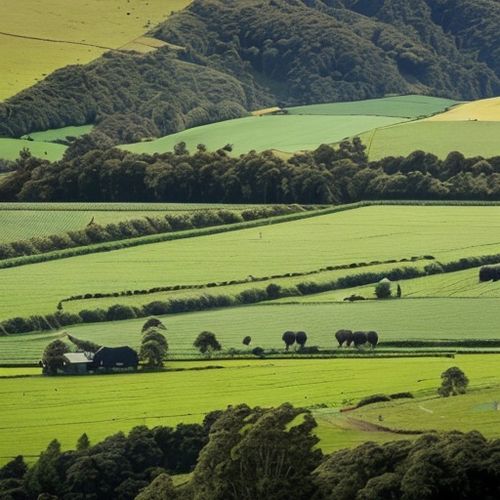
By William Miller/Apr 28, 2025
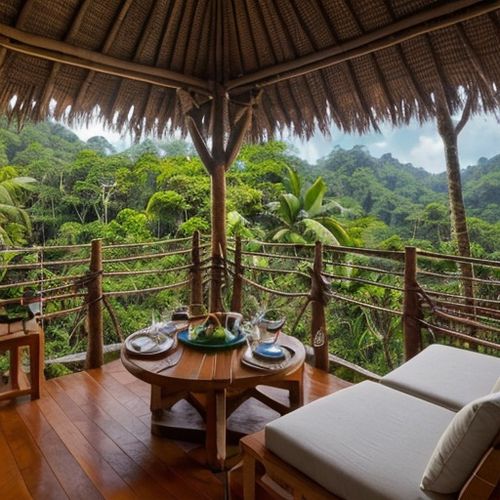
By Sophia Lewis/Apr 28, 2025

By Megan Clark/Apr 28, 2025
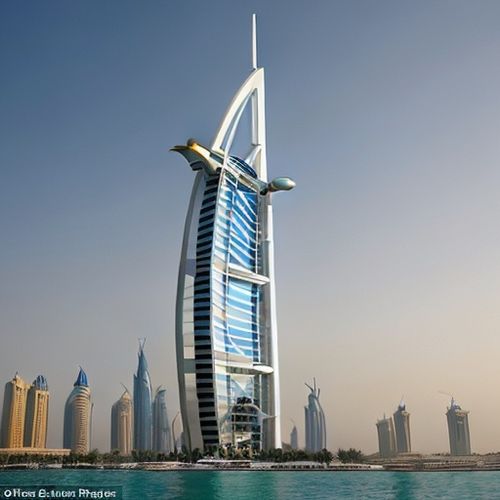
By George Bailey/Apr 28, 2025
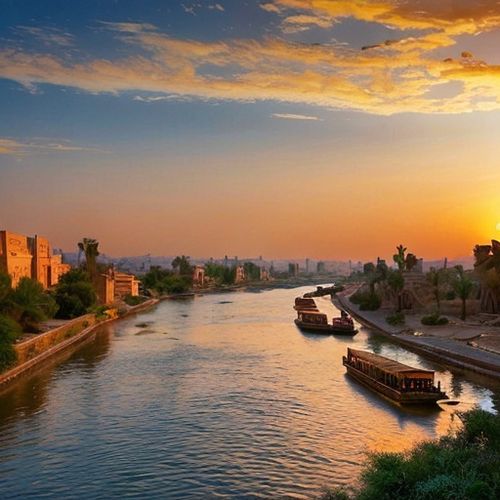
By Ryan Martin/Apr 28, 2025
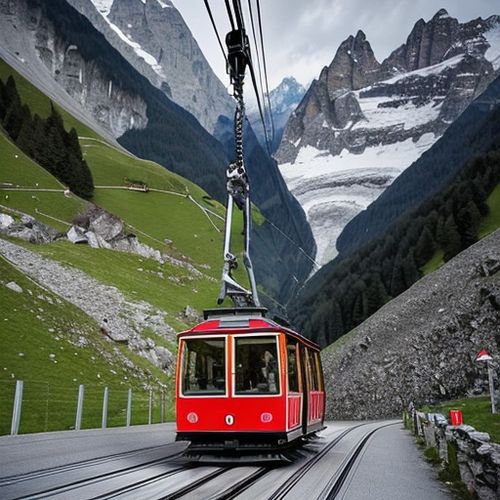
By Sophia Lewis/Apr 28, 2025
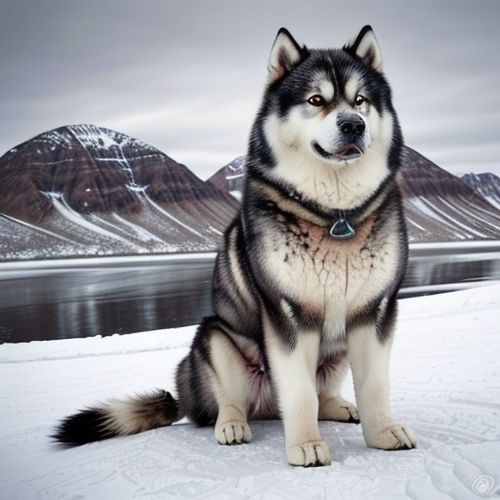
By Laura Wilson/Apr 28, 2025
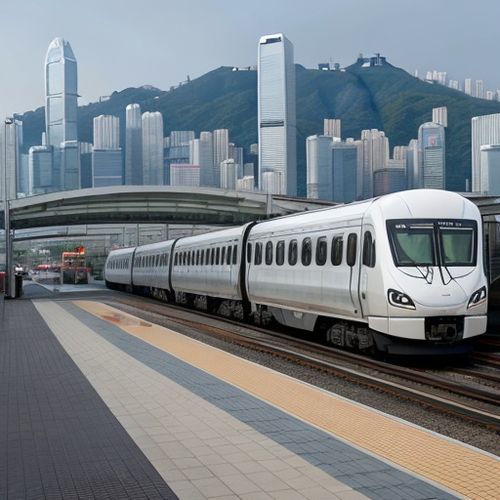
By Ryan Martin/Apr 28, 2025
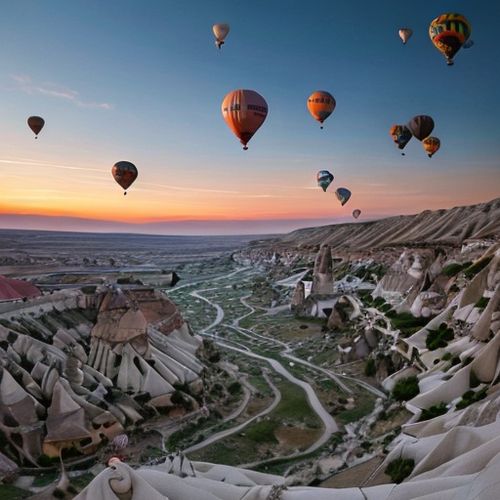
By Benjamin Evans/Apr 28, 2025
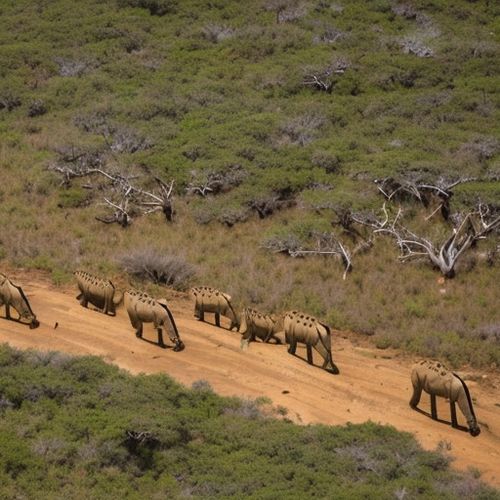
By Sophia Lewis/Apr 28, 2025
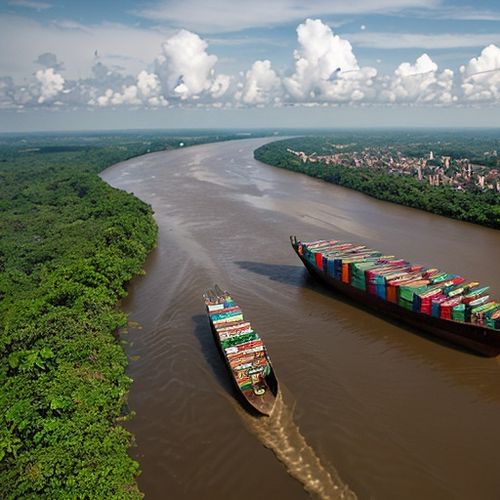
By Rebecca Stewart/Apr 28, 2025
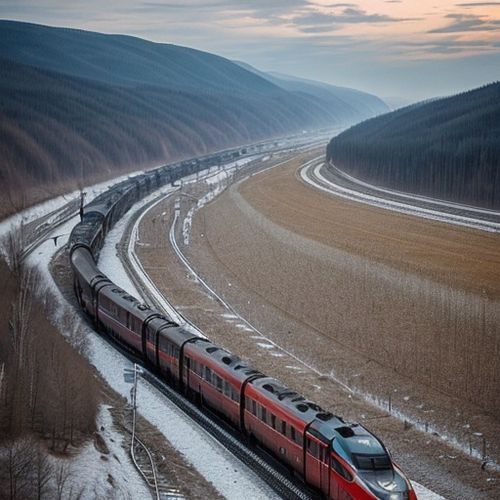
By Sophia Lewis/Apr 28, 2025
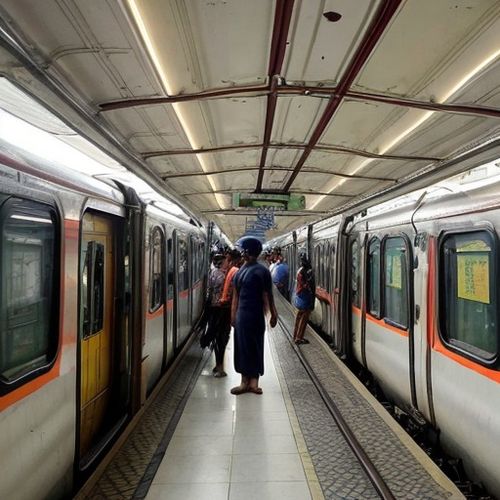
By Noah Bell/Apr 28, 2025
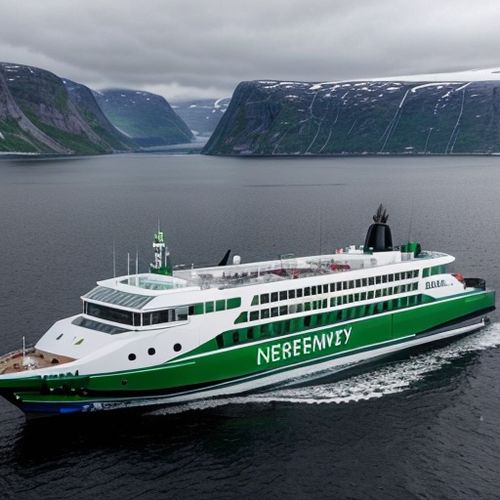
By Laura Wilson/Apr 28, 2025
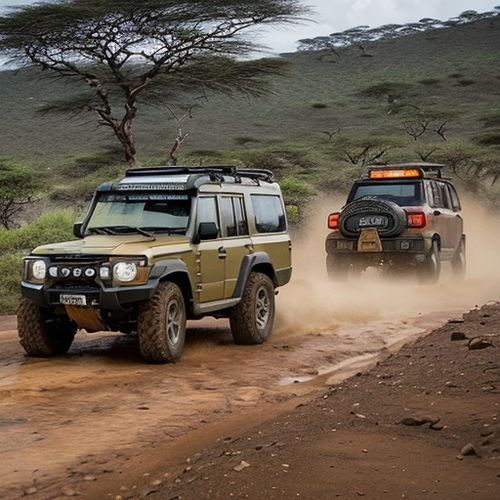
By Emma Thompson/Apr 28, 2025
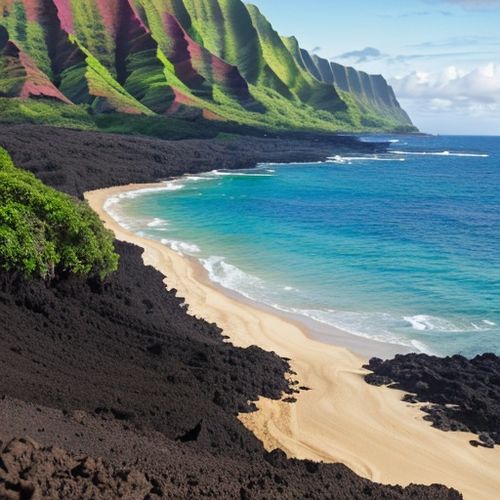
By Christopher Harris/Apr 28, 2025

By David Anderson/Apr 28, 2025
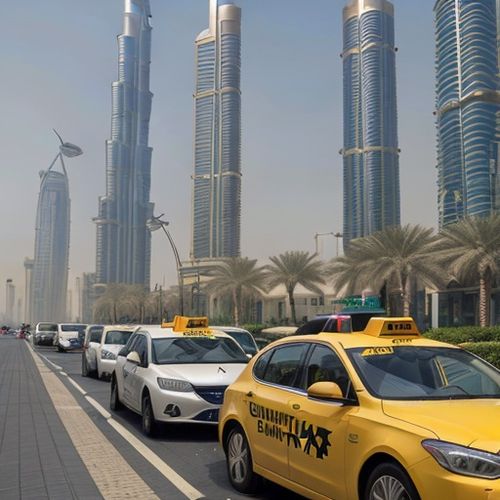
By David Anderson/Apr 28, 2025
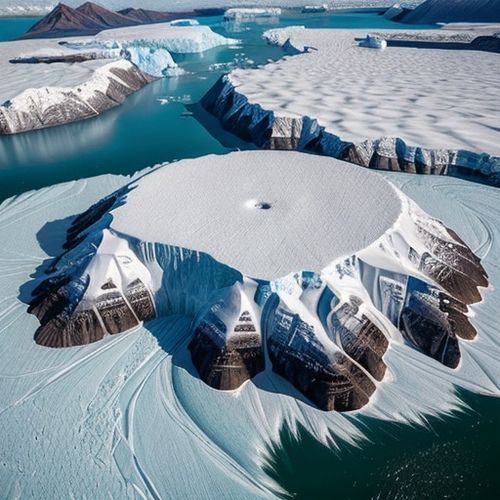
By Victoria Gonzalez/Apr 28, 2025
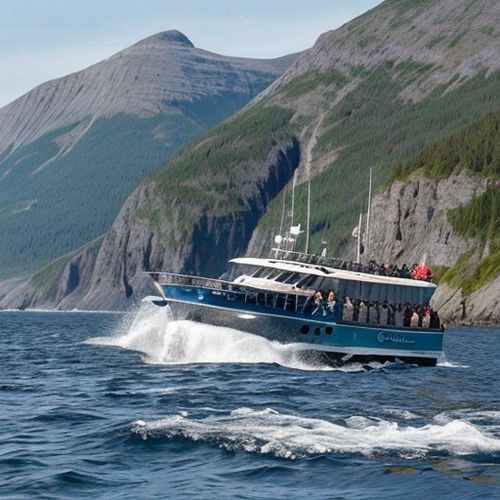
By Rebecca Stewart/Apr 28, 2025